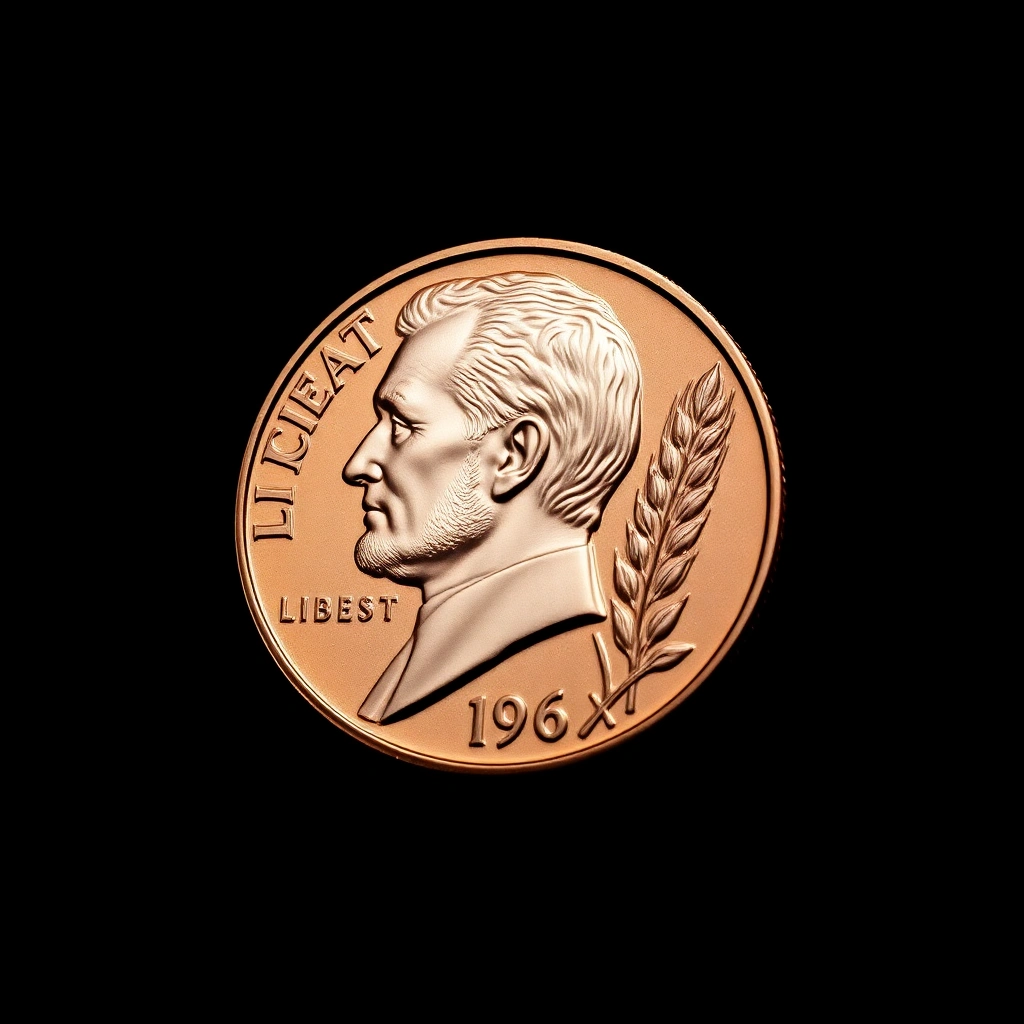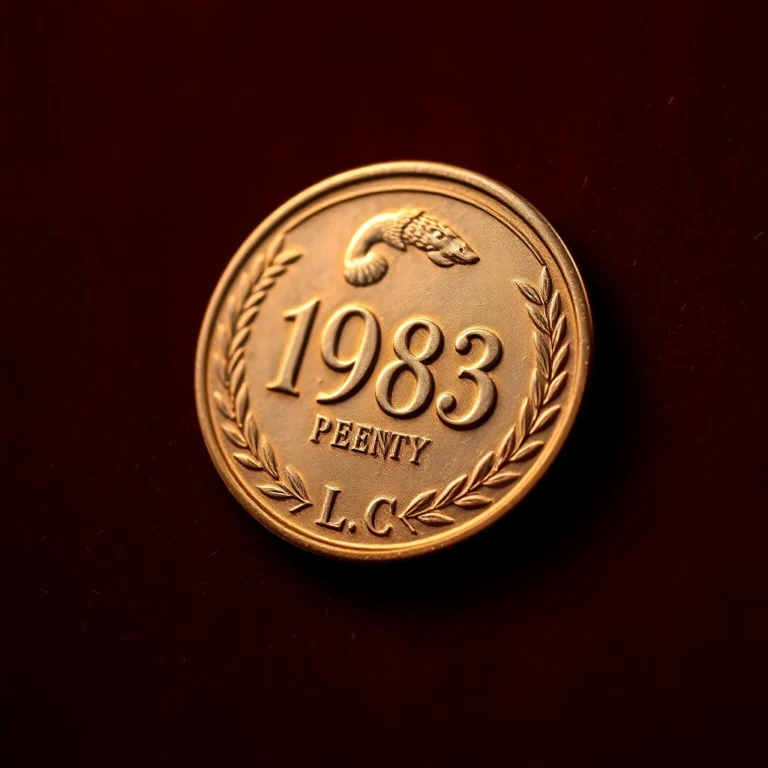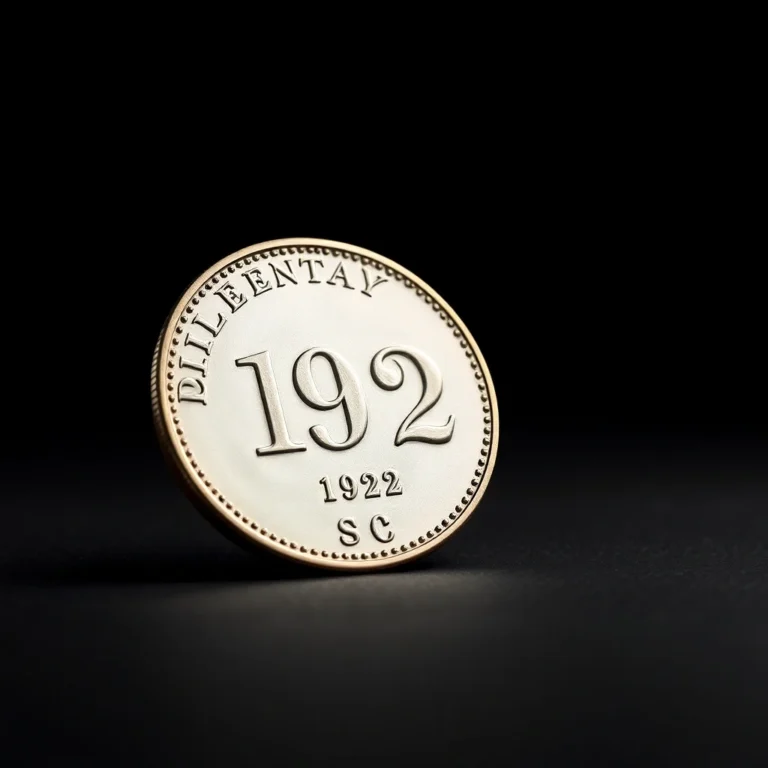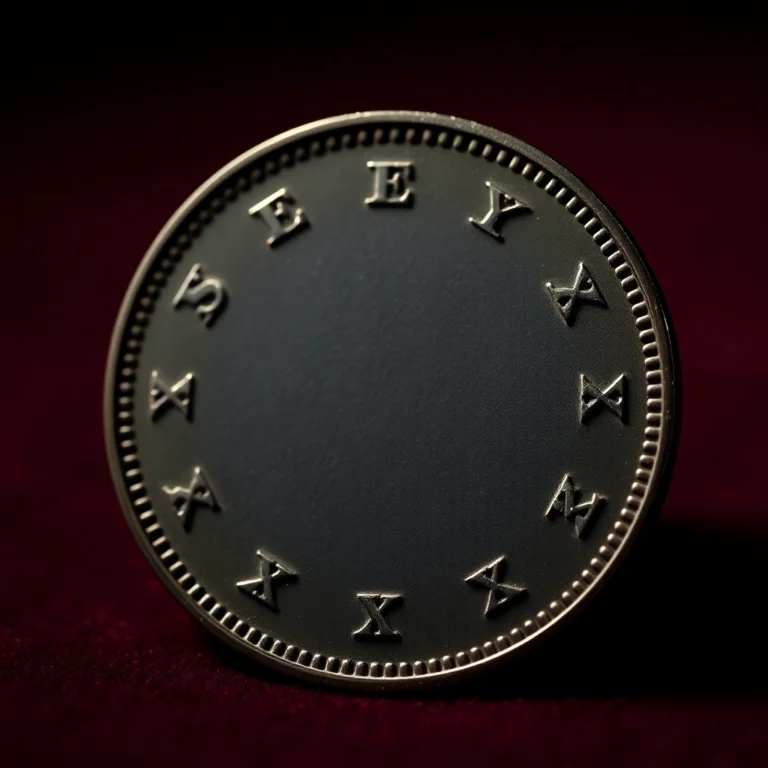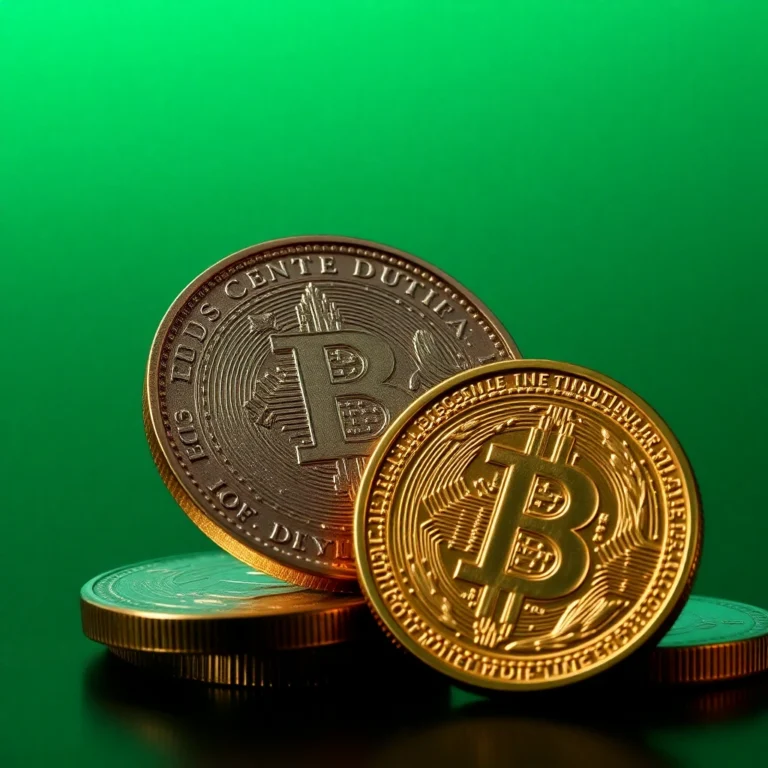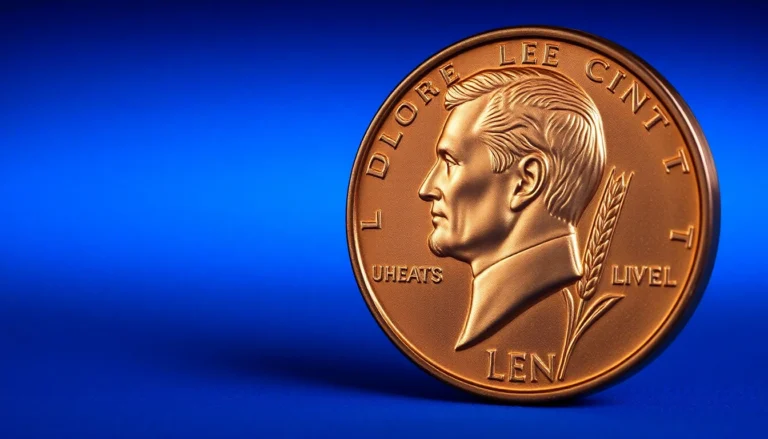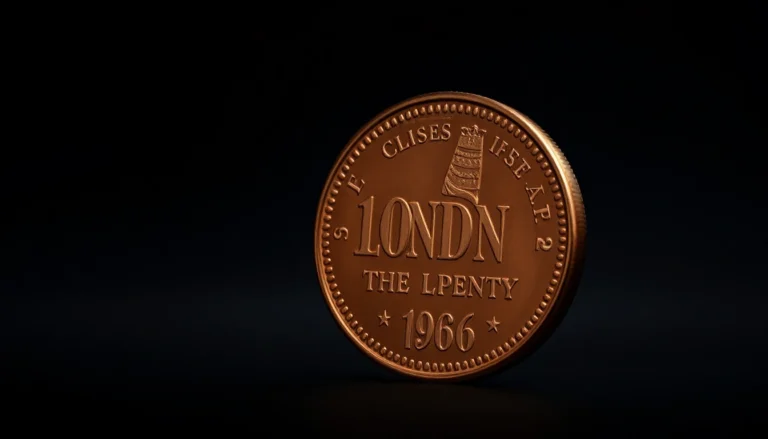In the world of coin collecting, few discoveries ignite the imagination quite like the elusive mint error. Among these numismatic treasures, the 1990 No-S Proof Lincoln Cent stands out as a remarkable anomaly, captivating collectors with its rarity and mystery. Imagine the thrill of finding a coin that slipped through the rigorous quality controls of the U.S. Mint, only to become one of the most sought-after pieces in the collecting community.
This coin matters because it embodies a perfect storm of rarity, historical intrigue, and the allure of the ‘mistake’ that never should have been. In this article, you’ll delve into the fascinating story of how this proof cent came to be, why it lacks the characteristic ‘S’ mintmark, and the reasons it commands such high value. Whether you’re a seasoned collector or a curious newcomer, understanding the significance of this coin offers a window into the unpredictable and thrilling world of numismatics.
As you explore, you’ll uncover the details that make the 1990 No-S Proof Lincoln Cent not only a coveted prize but also a testament to the beauty of imperfection. Stay tuned to find out just how much this rare coin has fetched at auctions and why its legacy continues to shine in the coin-collecting universe.
Historical Background and Significance
The 1990 No-S Proof Lincoln Cent is a remarkable error coin that has captivated numismatists and collectors alike. This error was produced by the United States Mint when the “S” mintmark, indicating the San Francisco Mint, was omitted from the die used to produce proof coins. Historically, proof coins are struck with a higher standard of quality and are usually designated with a mintmark to denote their origin. In 1990, a few proof Lincoln Cents were mistakenly struck without this mark, creating a highly prized mint error. 🚫🔍
Physical Characteristics and Design
The 1990 No-S Proof Lincoln Cent features the same design elements as standard Lincoln Cents from the era. The obverse displays the iconic portrait of Abraham Lincoln, designed by Victor D. Brenner, while the reverse showcases the Lincoln Memorial. What sets this coin apart is the absence of the “S” mintmark beneath the date on the obverse, a critical feature for proof coins minted in San Francisco.
Mintage Figures and Rarity
The exact number of 1990 No-S Proof Lincoln Cents produced is unknown, adding to the coin’s mystique and value. Estimates suggest that only a small number of these coins were distributed before the error was detected, making them exceedingly rare. This rarity significantly enhances their desirability among collectors. 📉🔍
Known Varieties or Errors
Aside from the absence of the “S” mintmark, there are no other known varieties or errors associated with the 1990 No-S Proof Lincoln Cent. This singular error is what defines the coin’s uniqueness and collectible appeal.
Value Information
The market value of the 1990 No-S Proof Lincoln Cent can vary widely based on condition. Below is a detailed table of current market values by grade:
| Grade | Value Range |
|---|---|
| Proof 60 (PR-60) | $3,000-$4,500 |
| Proof 63 (PR-63) | $4,500-$6,500 |
| Proof 65 (PR-65) | $6,500-$8,500 |
| Proof 67 (PR-67) | $8,500-$12,000 |
| Proof 69 (PR-69) | $12,000-$15,000 |
Authentication Tips
Authenticating a 1990 No-S Proof Lincoln Cent requires careful examination. Ensure the coin exhibits proof qualities, such as sharp details and reflective surfaces, typical of proof coins from the San Francisco Mint. The absence of the “S” mintmark should be verified using magnification to confirm it is not a result of tampering. Additionally, having the coin graded by a reputable service can provide validation of its authenticity.
In conclusion, the 1990 No-S Proof Lincoln Cent stands as a testament to the allure of mint errors in the numismatic world. Its rarity, historical significance, and unique characteristics make it a coveted piece for any serious collector. 🏆✨
FAQs
What makes the 1990 No-S Proof Lincoln Cent so valuable, and how does grading affect its value?
The 1990 No-S Proof Lincoln Cent is valuable due to its rarity, as it was mistakenly struck without the “S” mintmark, which indicates it was intended for a proof set from the San Francisco Mint. Grading plays a significant role in its value; higher grades, such as PR69 or PR70, can draw exceptionally high prices due to their near-perfect condition.
How can I authenticate a 1990 No-S Proof Lincoln Cent?
To authenticate a 1990 No-S Proof Lincoln Cent, look for the absence of the “S” mintmark on the obverse side of the coin. It’s also advisable to have the coin certified by a reputable grading service like PCGS or NGC, which can provide verification of its authenticity and condition.
What advice would you give to collectors interested in acquiring a 1990 No-S Proof Lincoln Cent?
Collectors should seek coins that have been certified by a professional grading service to ensure authenticity. It’s essential to research and compare prices across auctions and dealers to ensure a fair purchase. Networking with other collectors and dealers can also provide valuable insights and potential leads on available coins.
What is the historical significance of the 1990 No-S Proof Lincoln Cent?
The 1990 No-S Proof Lincoln Cent is historically significant as it represents one of the few major mint errors in modern U.S. numismatics. Its creation was due to a minting oversight, making it a fascinating example of how even modern technology is not immune to mistakes, thus capturing the interest of collectors and historians alike.
Are there other common varieties or errors in the Lincoln Cent series that collectors should be aware of?
Yes, collectors should be aware of other notable errors in the Lincoln Cent series, such as the 1955 Doubled Die, the 1972 Doubled Die Obverse, and the 1999 Wide AM. These varieties and errors add excitement to collecting and can also be quite valuable, depending on their condition and rarity.
